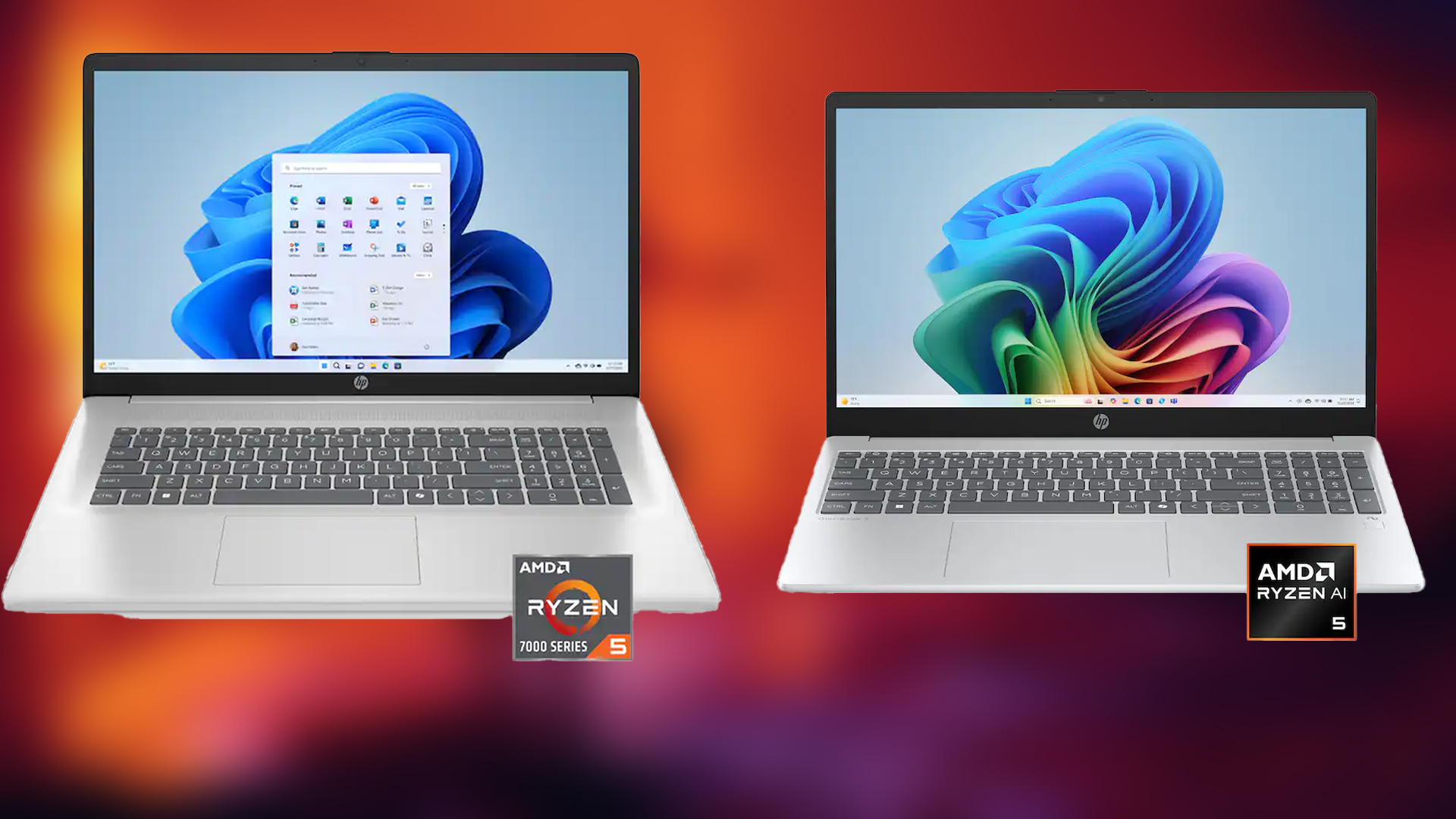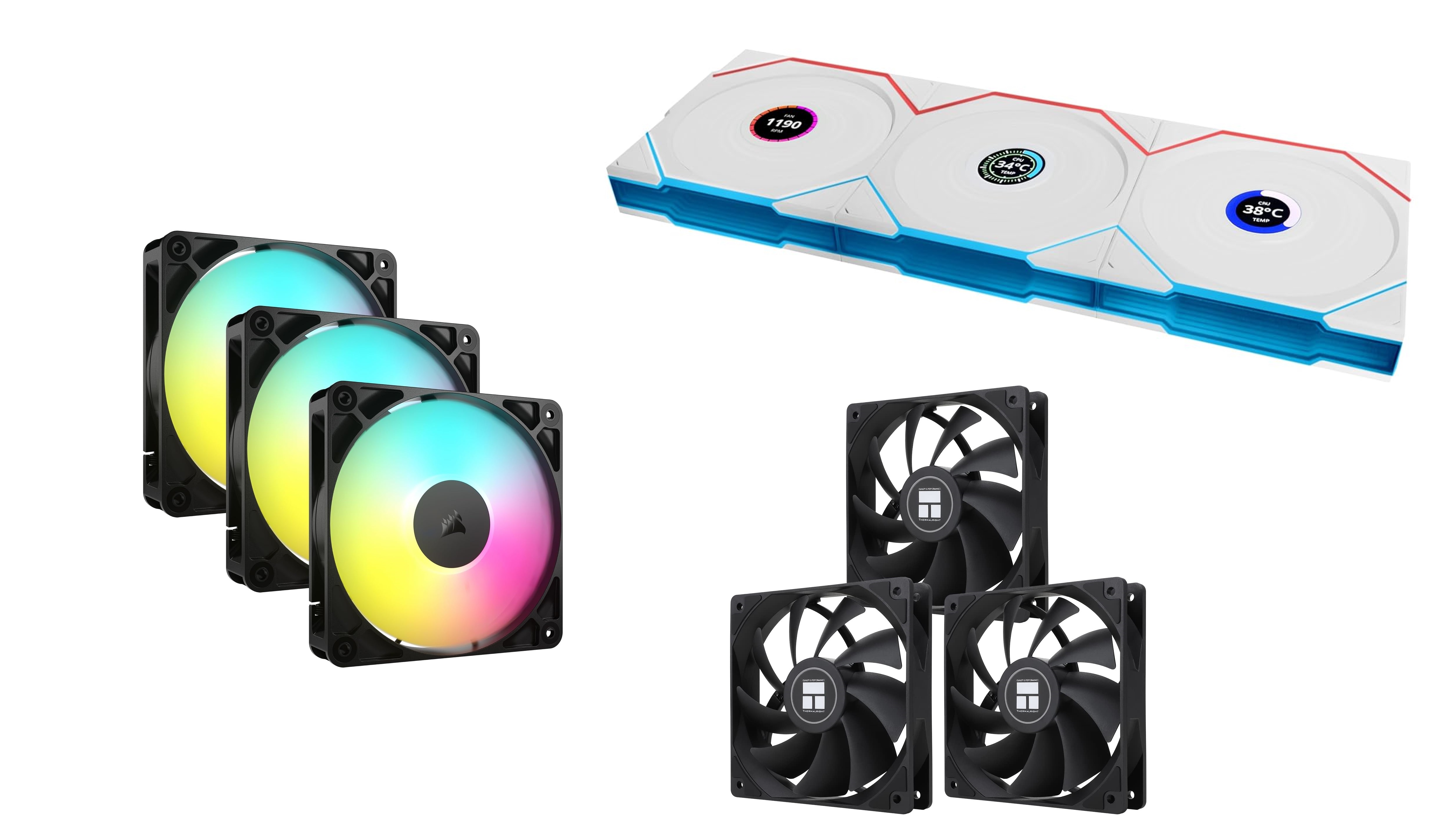Windows can take up 20GB of extra space on top of the system files. Here’s how to clean them up and reclaim the wasted space.
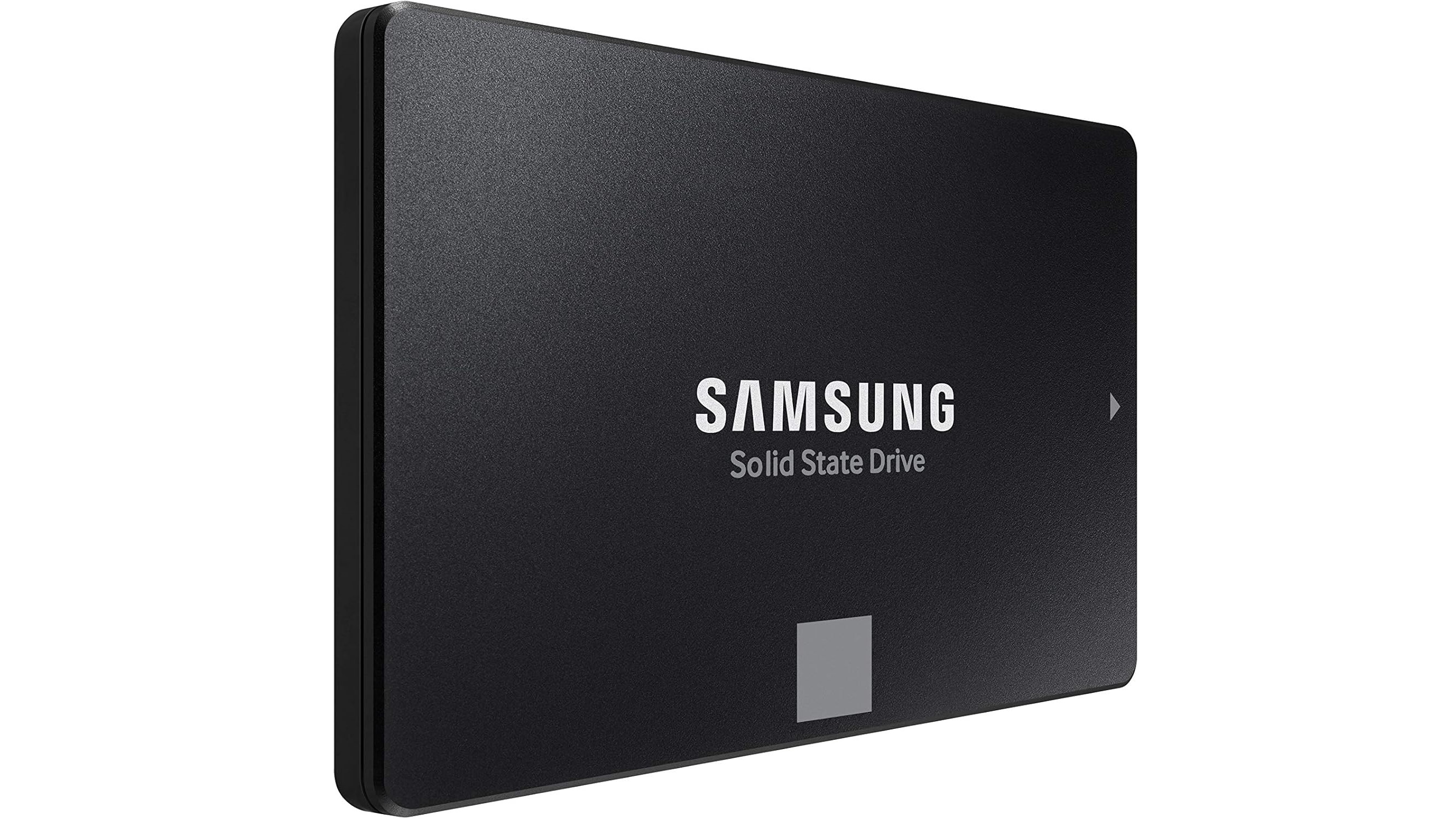
Is Windows taking up too much space on your SSD? For some users, Windows takes up 40GB of space, while for others, it can be 60 or even 80GB. However, much of it is not needed at all. You can recover as much as 20GB or more from this wasted space and use it to download new movies or even for games. The methods for achieving this are quite simple and easy to follow.
Additionally, unlike other methods listed online that require the use of disk fragmentation, compression, or uninstallation of software, our methods work without needing to uninstall any of your favorite apps. In this article, we are sharing all our best methods for recovering as much as 20GB of free space and more.
Note: Parts of this article are subjective and reflect the writer’s opinions.
What Are the Best Ways To Recover Used Space From Windows?
1) Disable Hibernation
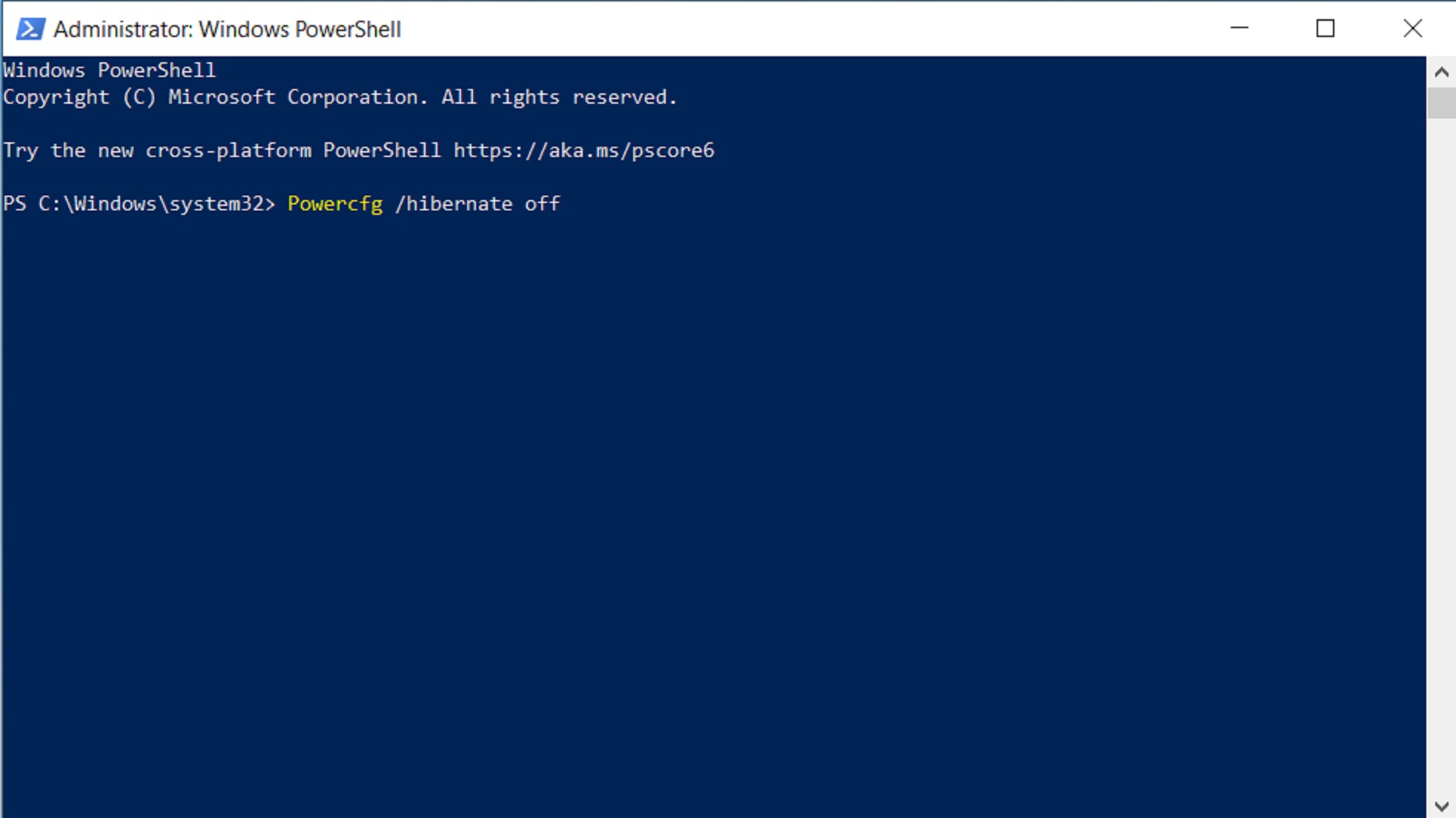
Hibernation is a Windows feature that puts your computer into a low-power state instead of turning off completely when you shut down the PC. This allows computers to boot up quite fast. However, it uses a substantial amount of storage for this feature. The modern sleep feature is faster at this process and doesn’t take up any space. That’s why it is no longer recommended to use Hibernation.
You can disable it by entering this command: “powercfg /hibernate off” in Windows PowerShell or the Terminal app with admin privileges. You will regain 5GB or more after entering this command.
2) Disable Reserved Storage
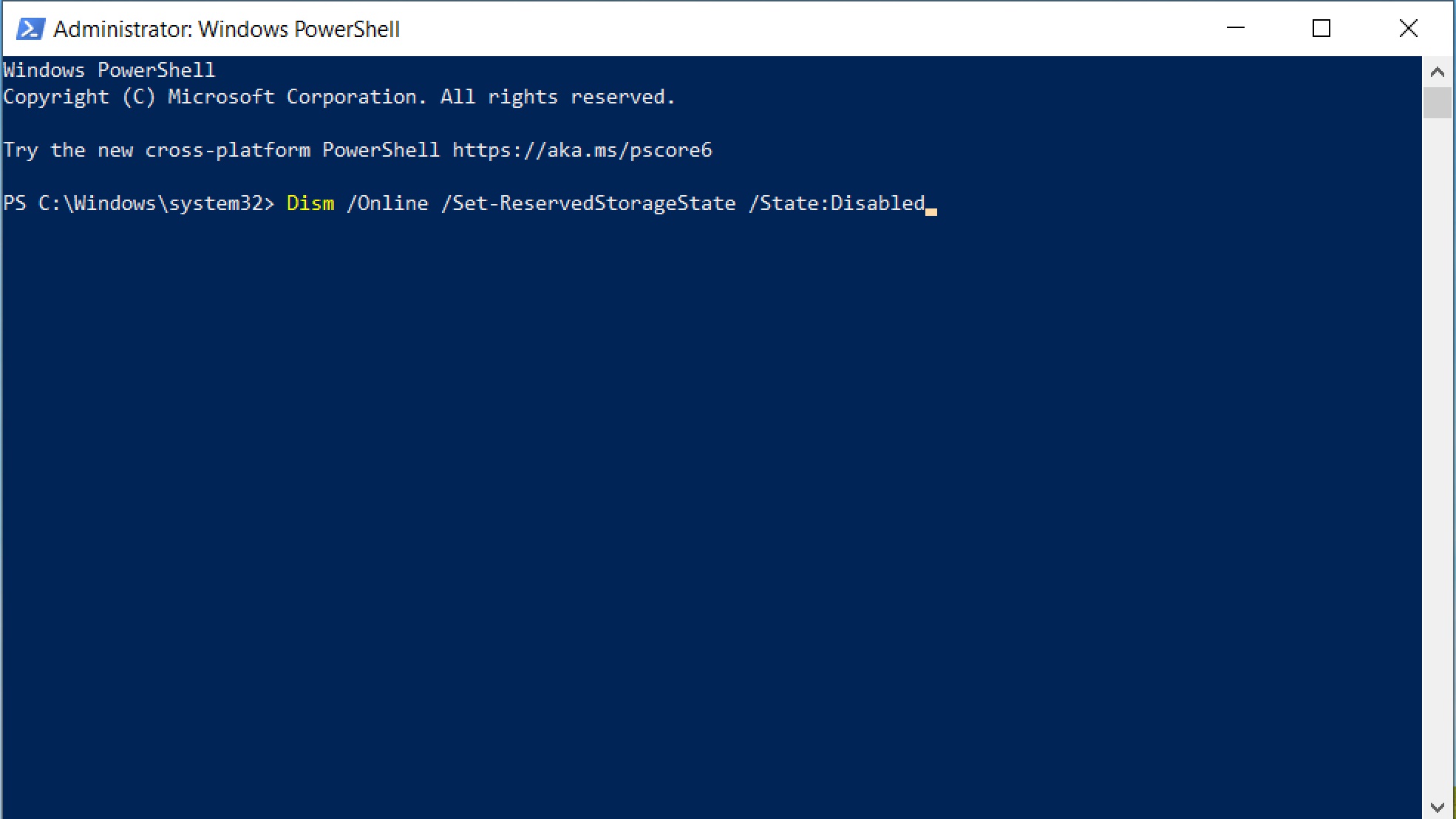
As the name suggests, Reserved Storage is a feature that reserves a certain amount of storage. It is only used when the Windows Update program tries to update your PC, but it is low on SSD space. Users should always make a habit of keeping at least 50GB of free space in their Windows drive, which will keep their PC running better for longer. If you already do this, then Reserved Storage preserving an extra 15 to 20GB away from you is unnecessary.
You can get this space back by entering the command: “DISM /Online /Set-ReservedStorageState /State:Enabled” in Windows PowerShell or the Terminal app with admin privileges. You may recover as much as 10 to 20GB from this.
3) Delete Old Restore Points
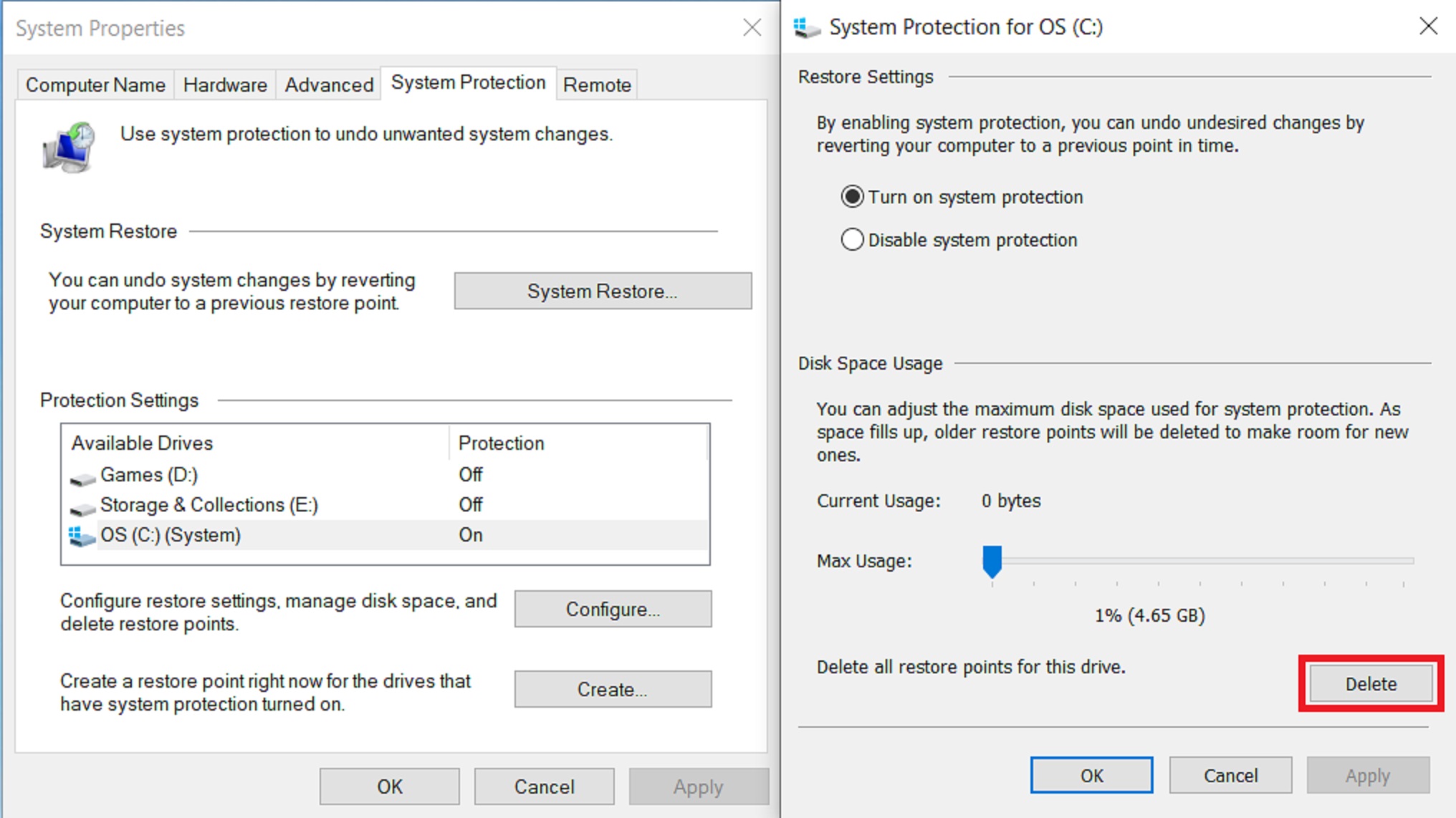
When you install a new program or make some sudden changes to your PC, Windows creates a restore point just before that activity. Therefore, if your PC starts misbehaving after installing a new app, let’s say, then you can use the restore point to get back to the state Windows was before you installed that app. It is essentially a protection feature.
However, as you install new programs and use your PC regularly, a whole lot of restore points will be saved on your PC. This can accumulate to 5 to 20GB of additional space on your SSD. Deleting these restore points will restore the SSD space that this program withheld from you. Search for the System Restore program and delete all restore points except for the last two or three points. This will provide you with an additional 5 to 20GB of disk space. Go to the Start Menu and type “System Restore.” You will find the option “Create a restore point” as the best match. Using this option, you can create older restore points.
4) Remove Temporary Saved Files
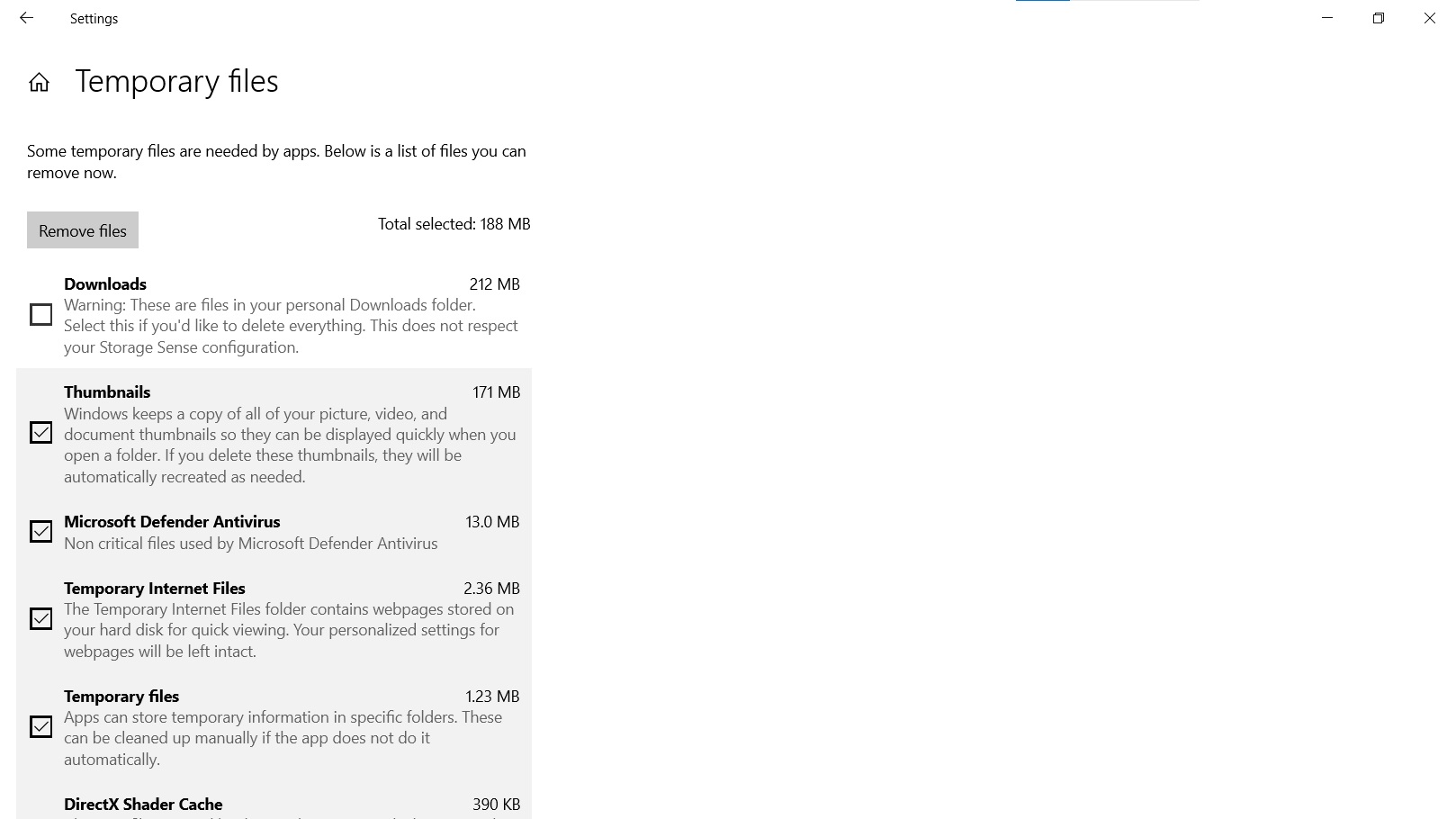
Many programs and games store some temporary files, such as cache or shader files, when you use them. When you don’t use them or remove those programs, those temporary files are no longer needed. Removing them can net you one or two gigabytes of storage back. Head over to Settings>Storage>Temporary Files. Select everything you don’t need and click Remove Files. Just make sure to uncheck the Downloads folder. Or else, you risk losing every file you previously downloaded and saved in that folder.
5) Remove Unused User Accounts
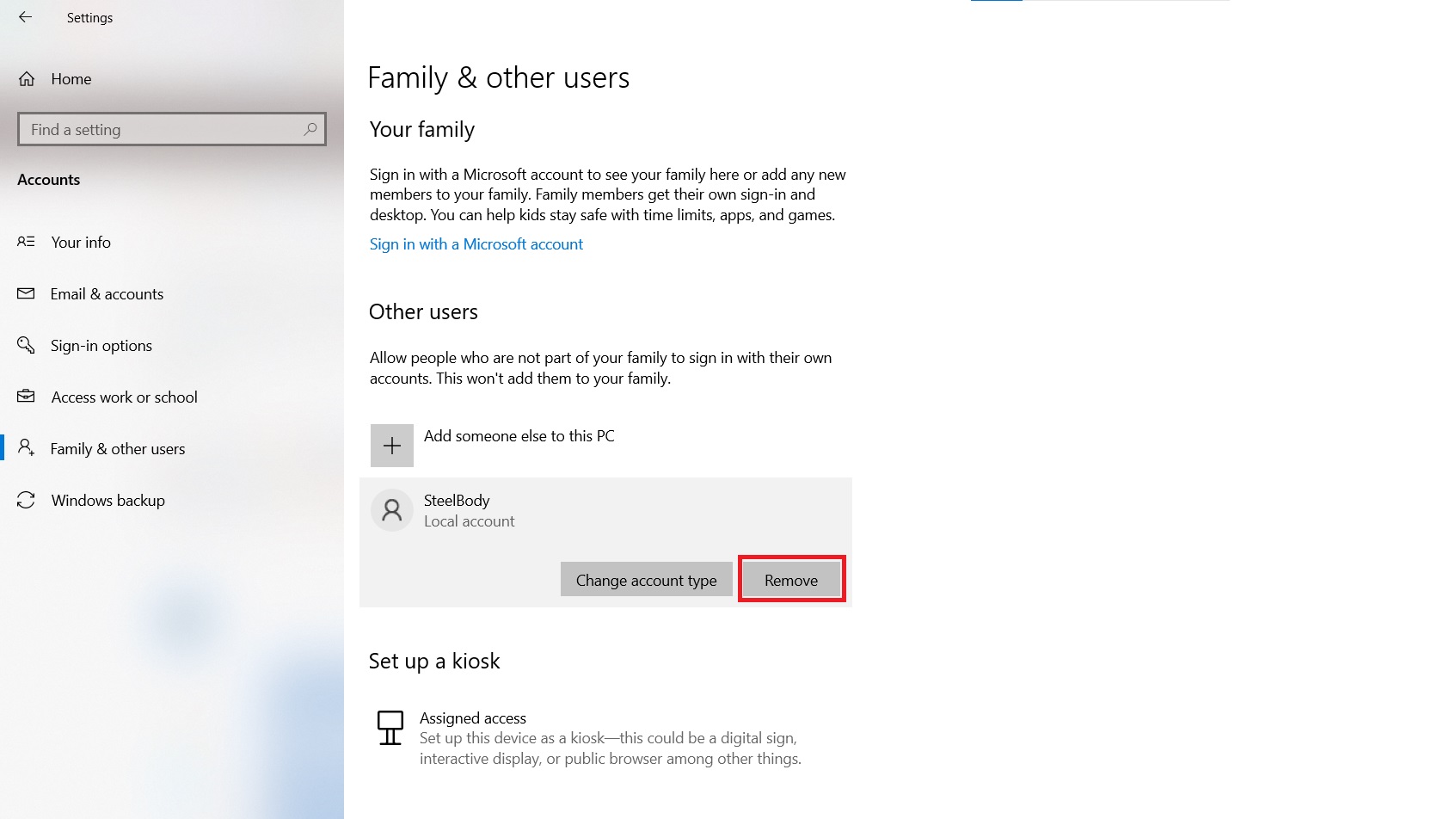
If multiple people use your PC with their own user accounts, or at least they did in the past, then a significant amount of disk space was wasted for those accounts. Remove any unnecessary user from your computer to recover a substantial amount of display space.
We provide the latest news and “How To’s” for Tech content. Meanwhile, you can check out the following articles related to PC GPUs, CPU and GPU comparisons, mobile phones, and more:
- 5 Best Air Coolers for CPUs in 2025
- ASUS TUF Gaming F16 Release Date, Specifications, Price, and More
- iPhone 16e vs iPhone SE (3rd Gen): Which One To Buy in 2025?
- Powerbeats Pro 2 vs AirPods Pro 2: Which One To Get in 2025
- RTX 5070 Ti vs. RTX 4070 Super: Specs, Price and More Compared
- Windows 11: How To Disable Lock Screen Widgets
 Reddit
Reddit
 Email
Email
